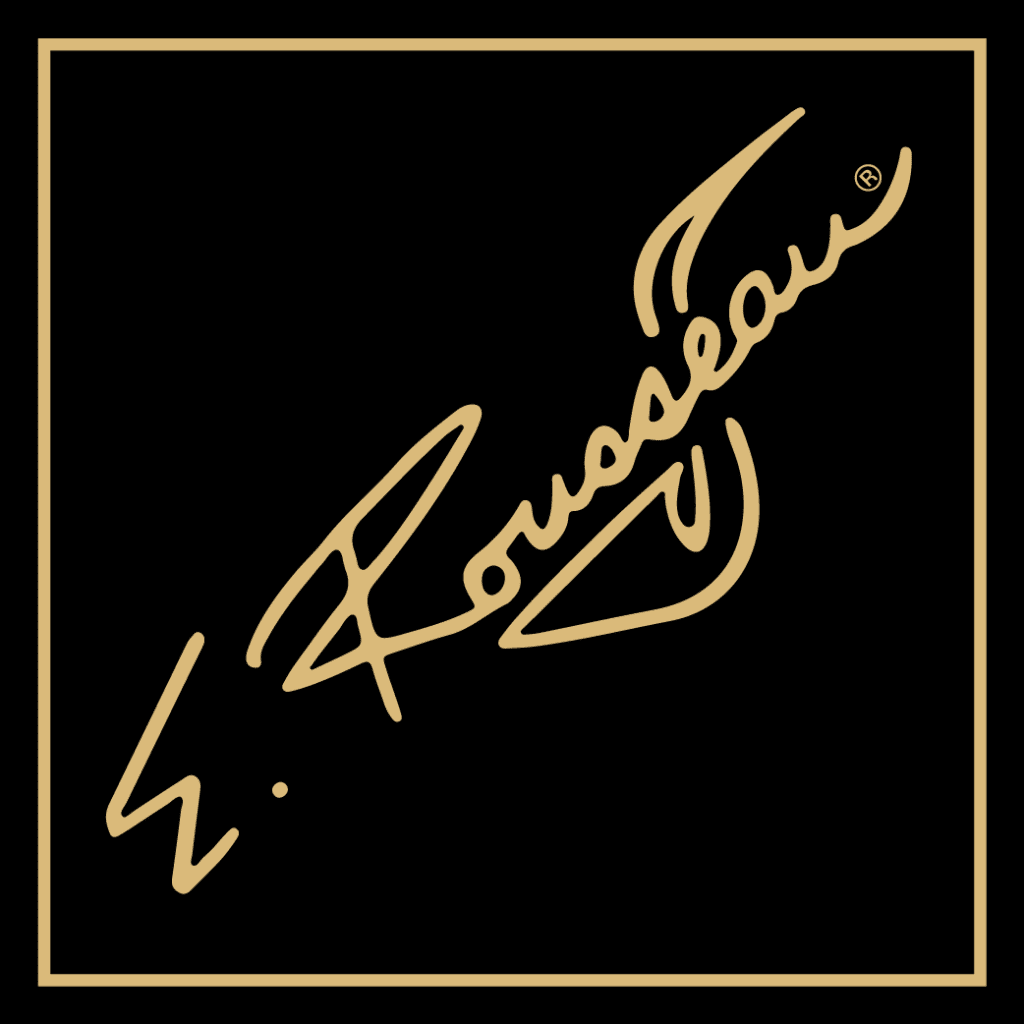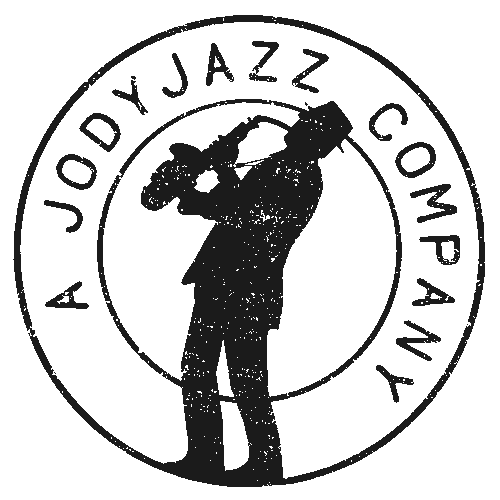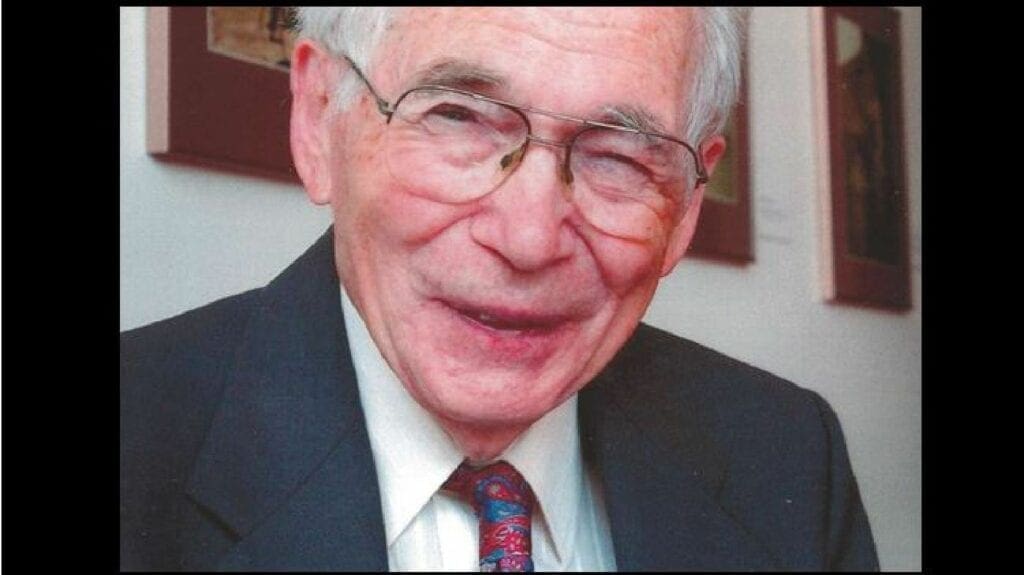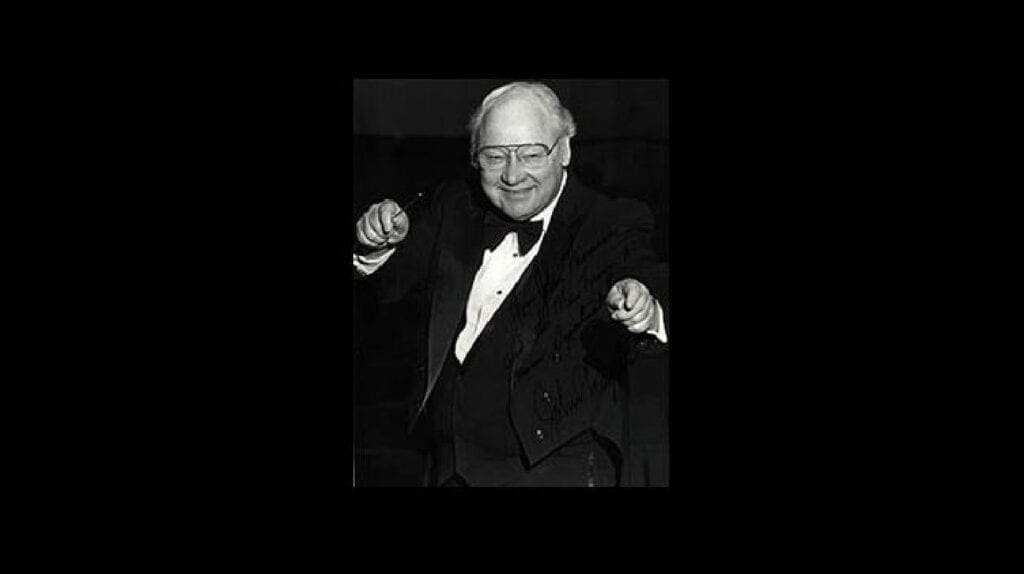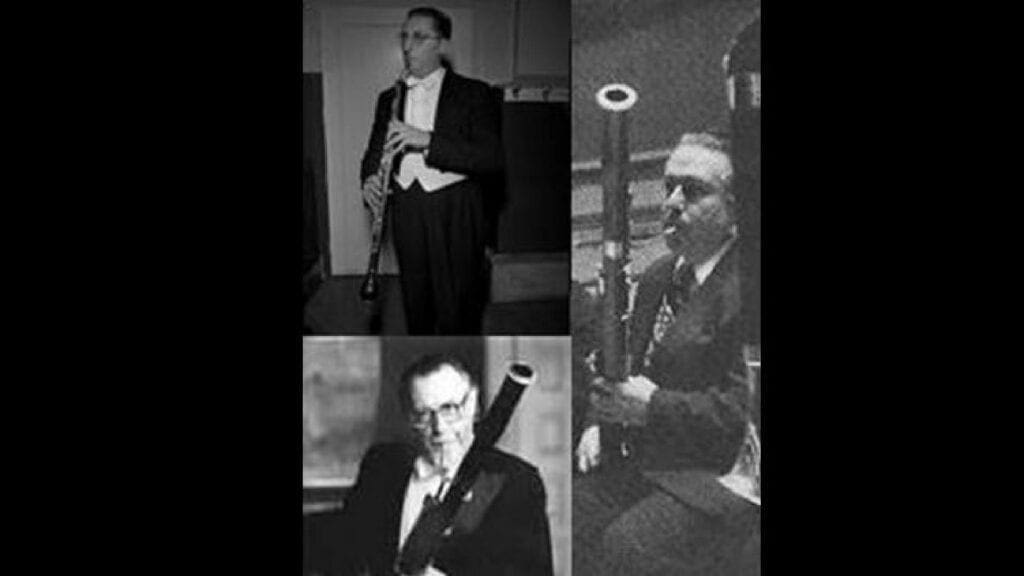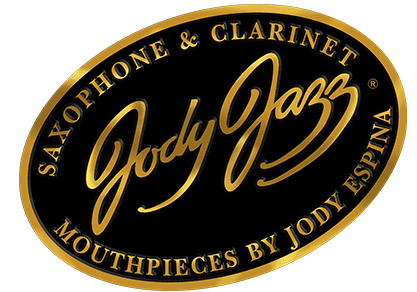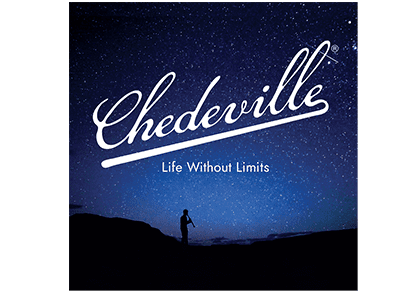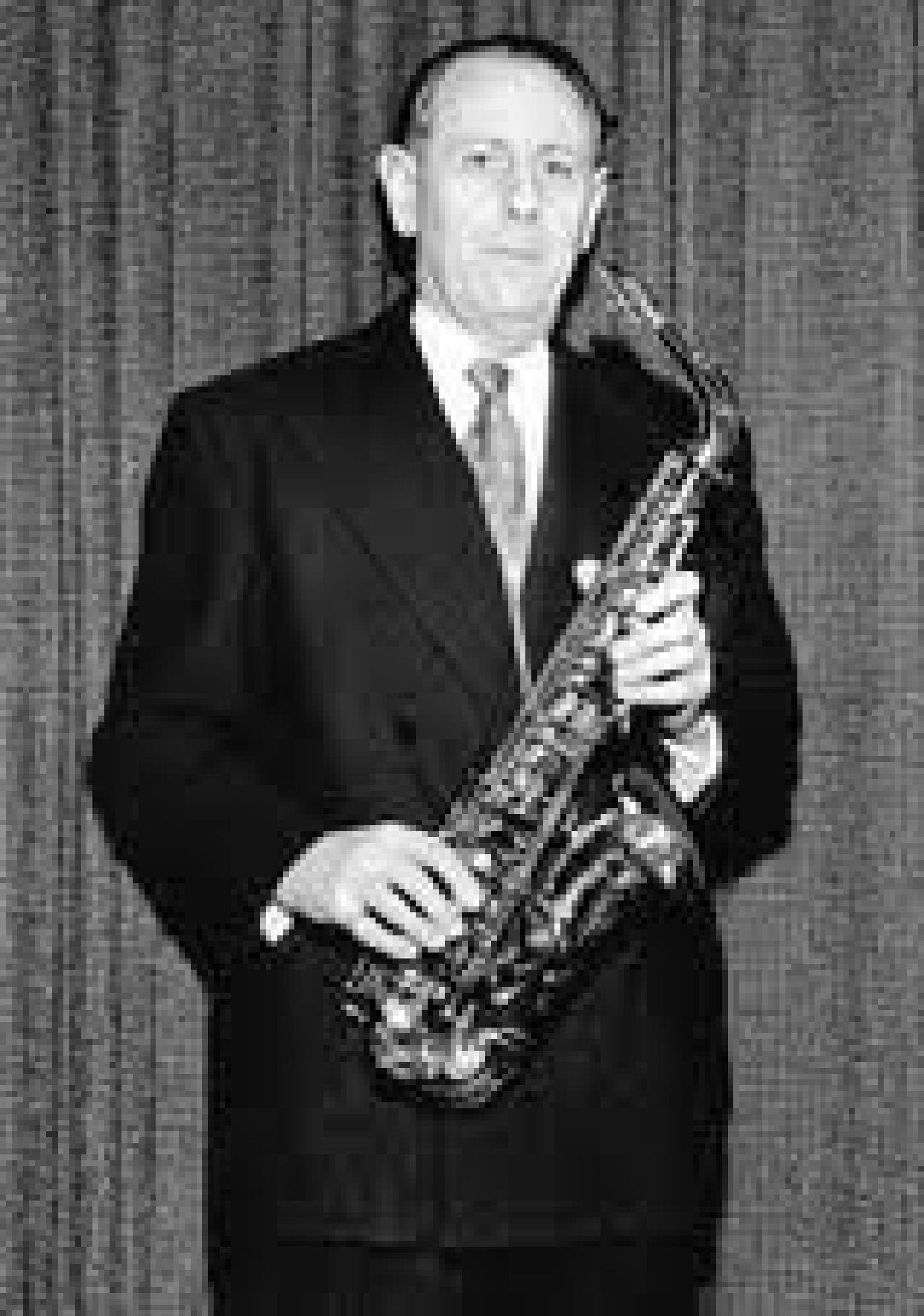
Marcel Mule
The Paris Conservatoire is one of the most prestigious music schools in the world and especially so for saxophonists. Marcel Mule is considered to be the founder of the French Saxophone School and the most representative saxophone soloist of his time. Mule was only the second Professor of Saxophone at The Conservatoire. The first was Adolph Sax.
Dr. Rousseau describes his experiences with M. Mule:
I would have an assignment, usually two pieces, and we would simply start at the beginning of each piece. He taught a lot by playing; he would play a passage – ‘this has to be faster, this has to be’ whatever it has to be. He would mark my scores. A number of my pieces to this day have his handwriting, where he would write in different things. This was the way he approached it. We didn’t really have a technique book, although he had me work out of one of the violin books, Rode or something like that, which he had adapted to saxophone. But mostly he talked about the music – he would play examples, and then I would play. He discussed the style and the tempo. When we did Ibert, for example, he told me about what Jacques had felt about this or that; he had spoken with him. Unfortunately, I did not meet Ibert. I met Mrs. Ibert but I never met Jacques Ibert and I’m sorry that I didn’t. Mr. Mule told me that Ibert had written these high notes but then later he put ad libitum on those places; he wasn’t convinced that this was the best way. Mr. Mule told me that Ibert may have told the publisher that these sections should be ad libitum.
He would discuss general musical principles as well. For example, regarding vibrato, he often talked about how you must be certain that you have the center of the tone, that you’re at the right spot so the vibrato is not wild. Another principle he often talked about was technique – he said that, like climbing a ladder, be sure your foot is on this rung before you go to the next rung, which is a fine graphic example. I remember one time – I don’t remember what I was playing but it was a fast movement – and he told me that I should play it at the tempo. I said, ‘I’m sorry, Sir; I’m not ready to play it at that tempo.’ He said, ‘You can do it! Just play a measure or a short segment at a time.’ It was probably the most valuable builder of technique that I learned and I use that today. Even if you can’t play the measure, then do half a measure, but at tempo, and then put it together.
He definitely favored using the bis B-flat. When I first started, I played some scales and he said, ‘It’s more practical if you use the bis key on that scale.’ I was using the side key. I didn’t believe him but I respected him and so I practiced it that way. I found out he was right. Of course, in repetition back and forth, one wouldn’t want to do that but one would in the basic scales. On open C-sharp, he didn’t use the covered C-sharp fingering that most of us use today – and, of course, with the Series III it’s not possible – but what he did was add the side C key; open C-sharp with the side C key to bring it up a little bit. It was more for pitch than tone.
Concerning articulation, he always stressed that the notes have to sound. In other words, the tone was the important thing. I don’t know if he used this example exactly, but later I heard the expression that a short tone is a long tone played short. He didn’t say it that way but that’s what he would get at. Someone in the class, I remember, was playing staccato and he got hung up on the tongue movement and the tone wasn’t very good. He would say, ‘Play that again as if it were all legato. Now get that same tone.’ It’s pretty fundamental.
He didn’t describe the sound but taught principally by example. ‘You must play with a round tone. Free reed; the reed must be free.’ We all learned later that the embouchure is a combination of dampening the reed and letting the reed vibrate freely; you have to find the spot. He talked about ‘langue libre’ [literally, ‘free tongue’] very often. One of the things I found was that at a certain passage he would say, ‘avec expression’ or ‘sans expression.’ What he meant was ‘with’ or ‘with- out vibrato.’ He would very often interchange expression with vibrato.
Mule differed from my former teachers in that anything he would talk about – phrasing, dynamics, vibrato, or whatever the subject – he would then demonstrate. As a result, I had the opportunity to hear him play a great deal. I remember one of his expressions: ‘Don’t look for the difficult things, look for the simple things.’ Whenever he played, it always sounded simple; he made it sound simple. That was the driving force behind him. Another expression he would use was: ‘One never arrives.’ How true that was, how true that has been, and it is even more true today for me than ever. One never does arrive. Being with Mr. Mule was a great experience. Learning the literature and his approach to the instrument was wonderful. But what impressed me the most was the way he handled people. He was a great gentleman.
For more information on the life of Marcel Mule, read Marcel Mule: His Life and the Saxophone by Eugene Rousseau..
